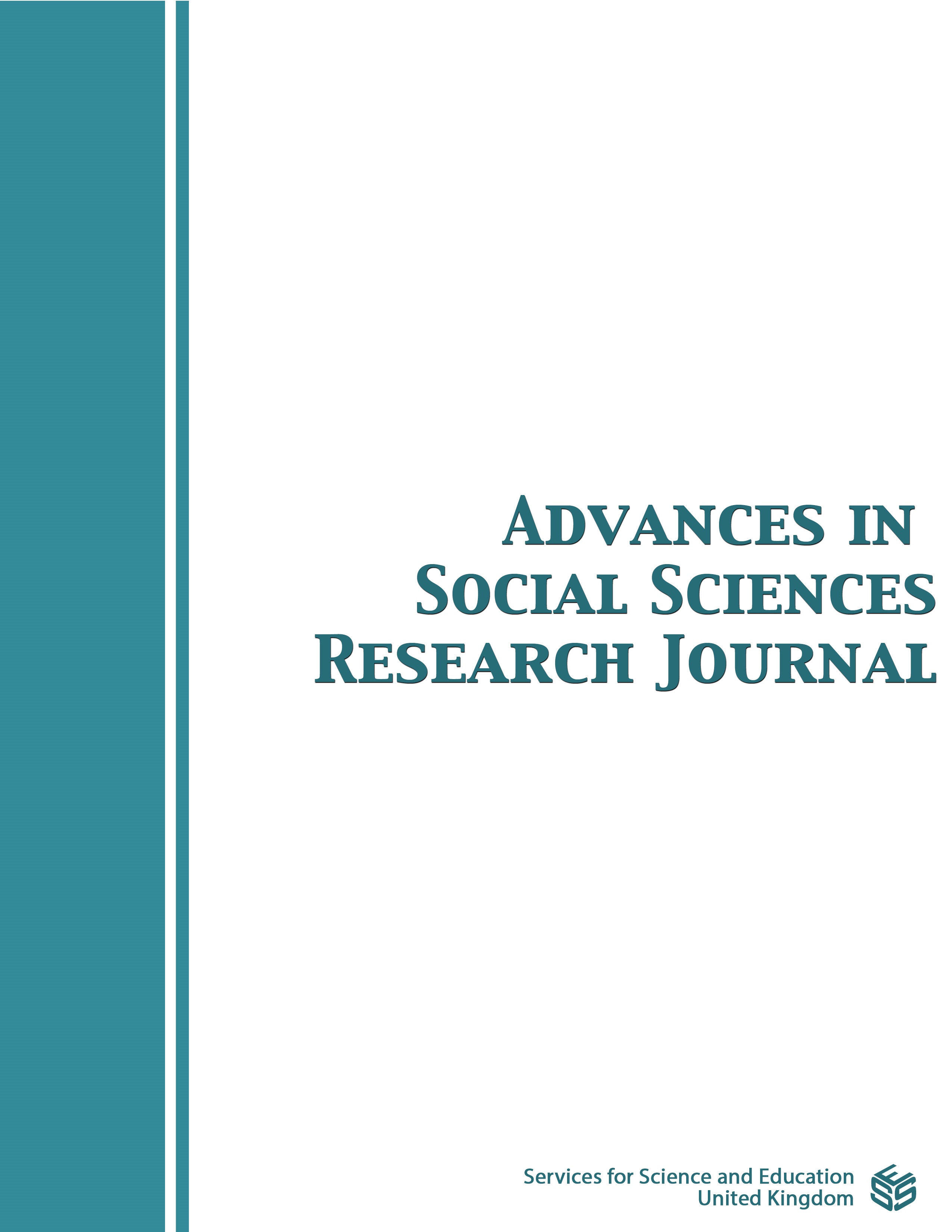The Influence of Entrepreneurial Ecosystem on SMEs Industry in Malaysia
DOI:
https://doi.org/10.14738/assrj.910.13249Keywords:
Entrepreneur, entrepreneurial ecosystem, finance, talentAbstract
The rise of Small Medium Enterprise (SMEs) businesses leads to the dynamic and competitive environment. To excel in the market, companies have spent a substantial amount of money, time and resources by designing right strategies to sustain. However, this SMEs businesses faces few challenges such as small capital investment, short of talent, limited access to infrastructure and support mechanism. Despite the government’s several institutional and policy support for enhancing the capacity of this Small Medium scale enterprises, the results have fallen short of expectations. Given the increased demand for Small Medium Enterprise’s products, creating a viable entrepreneurial ecosystem model for SMEs in Malaysia is critical. This is because the entrepreneurial ecosystem is a system of interrelated components that influence the speed and ability with which entrepreneurs, particularly SMEs can create and scale new ventures in a sustainable manner. As a result, this study seeks (1) to analyse the demographic profile of Malaysian small and medium enterprise and (2), determine the extent at which entrepreneurial ecosystem affect the Small Medium Enterprise in Malaysia. This study is important to investors, the ministry, the government, academics and even business owners because it provides a comprehensive model for understanding the SMEs entrepreneurial processes and how ecosystems emerge, change and influence entrepreneurship activities.
References
. Spigel, B., Harrison, R.T., (2018). Towards a process theory of entrepreneurial ecosystems. Strateg. Entrep. J. 12 (1), 151–168.
. Maroufkhani, P., Wagner, R., Ismail, W., 2018a. Entrepreneurial ecosystems: a systematic review. J. Enterprising Communities 12 (4), 545–564.
. A.Kapturkiewicz.,(2021). Varieties of Entrepreneurial Ecosystems: A comparative study of Tokyo and Bangalore. Research Policy.
. J.M.P. Kansheba and A.E.Wald, (2020). Entrepreneurial ecosystems: a systematic literature review and research agenda. Journal of Small Business and Enterprise Development. Vol.27, No.6, pp. 943-964.
. Saad, M. N. (2014). Determinants of internalization and performance of SMEs in Malaysia, Unpublished Doctoral Thesis, Universiti Malaya, Malaysia.
. Khadhraoui, M., Lakhal, L., Plaisent, M., Bernard, P. (2016). The impact of entrepreneurial orientation on performance and customer satisfaction: The moderator effect of network capabilities. Journal of Economic Development, 8, 66-76..
. Grohmann, A., and Kauffeld, S. (2013). Evaluating Training Programs: Development and Correlates of the Questionnaire for Professional Training Evaluation. International Journal of Training and Development, 17, 135-155.
. Ngah, R. (2011). The relationship of intellectual capital, knowledge sharing, innovation and organizational performance of Malaysian SMEs, Unpublished Doctoral Dissertation, Universiti Malaya, Malaysia.
. Surin, E. F. (2014). Moderating role of human capital on the relationship between social network and business performance of established manufacturing SMEs, Unpublished Doctoral Dissertation, Universiti Teknologi MARA, Malaysia.
. Stam, E. ( 2015). Entrepreneurial ecosystems and regional policy: A sympathetic
. Stam, E., Van de Ven, A., (2021). Entrepreneurial Ecosystem Elements. Small Bus. Econ. 56, 809–832.
. A.F.Cicchiello., (2019). Building an entrepreneurial ecosystem based on crowdfunding in Europe: the role of public policy. Journal of Entrepreneurship and Public Policy. Vol.8 No.3 pp2045-2101.
. Spigel, B., (2017). The relational organization of entrepreneurial ecosystems. Entrepreneurship Theory and Practice 41 (1), 49–72.
. Rajah, S., & Fauziah, W. Y. (2019). Malaysian Entrepreneurial Ecosystem Influence on SMEs Business Performance. Paper presented at Conference: 33rd International Business Information and Management Association IBIMA, Granada, Spain.
. Pergelova, A. and Angulo-Ruiz, F. (2014), “The impact of government financial support on the performance of new firms: the role of competitive advantage as an intermediate outcome”, Entrepreneurship & Regional Development, Vol. 26 Nos 9-10, pp. 663-705.
. Khadhraoui, M., Lakhal, L., Plaisent, M., Bernard, P. (2016). The impact of entrepreneurial orientation on performance and customer satisfaction: The moderator effect of network capabilities. Journal of Economic Development, 8, 66-76.
. N. Birdthistle, R. Eversole and M.Walo, (2022)., “Creating an inclusive entrepreneurial ecosystem for women entrepreneurs in a rural region.” Journal of Business Venturing Insights. Vol.18, e00341.
. A.A.Lux, F. R.Macay and K.A.Brown., (2020)., “ Putting the entrepreneur back into entrepreneurial ecosystem.” International Journal of Entrepreneurial Behavior & Research Vol. 26 No. 5, 2020 pp. 1011-1041.
. Keuschnigg, C. and Nielsen, S.B (2003), “Tax policy, venture capital and entrepreneurship”, Journal of Public Economics, Vol. 87 No.1, pp. 175-203
. Keuschnigg, C. and Nielsen, S.B (2004), “Start-ups, venture capitalists and the capital gains tax”, Journal of Public Economics, Vol. 88 No.5, pp. 1011-1042.
. J.Leendertse, M.Schrijvers and E.Stam, (2021)., “ Measure twice, Cut Once: Entrepreneurial Ecosystem Metrics”. Research Policy. Available online 20 August 2021, 104336
Downloads
Published
How to Cite
Issue
Section
License
Copyright (c) 2022 Zarith Delaila Abd Aziz, Norashikin Hussein, Nor Azian Abdul Rahman

This work is licensed under a Creative Commons Attribution 4.0 International License.
Authors wishing to include figures, tables, or text passages that have already been published elsewhere are required to obtain permission from the copyright owner(s) for both the print and online format and to include evidence that such permission has been granted when submitting their papers. Any material received without such evidence will be assumed to originate from the authors.






